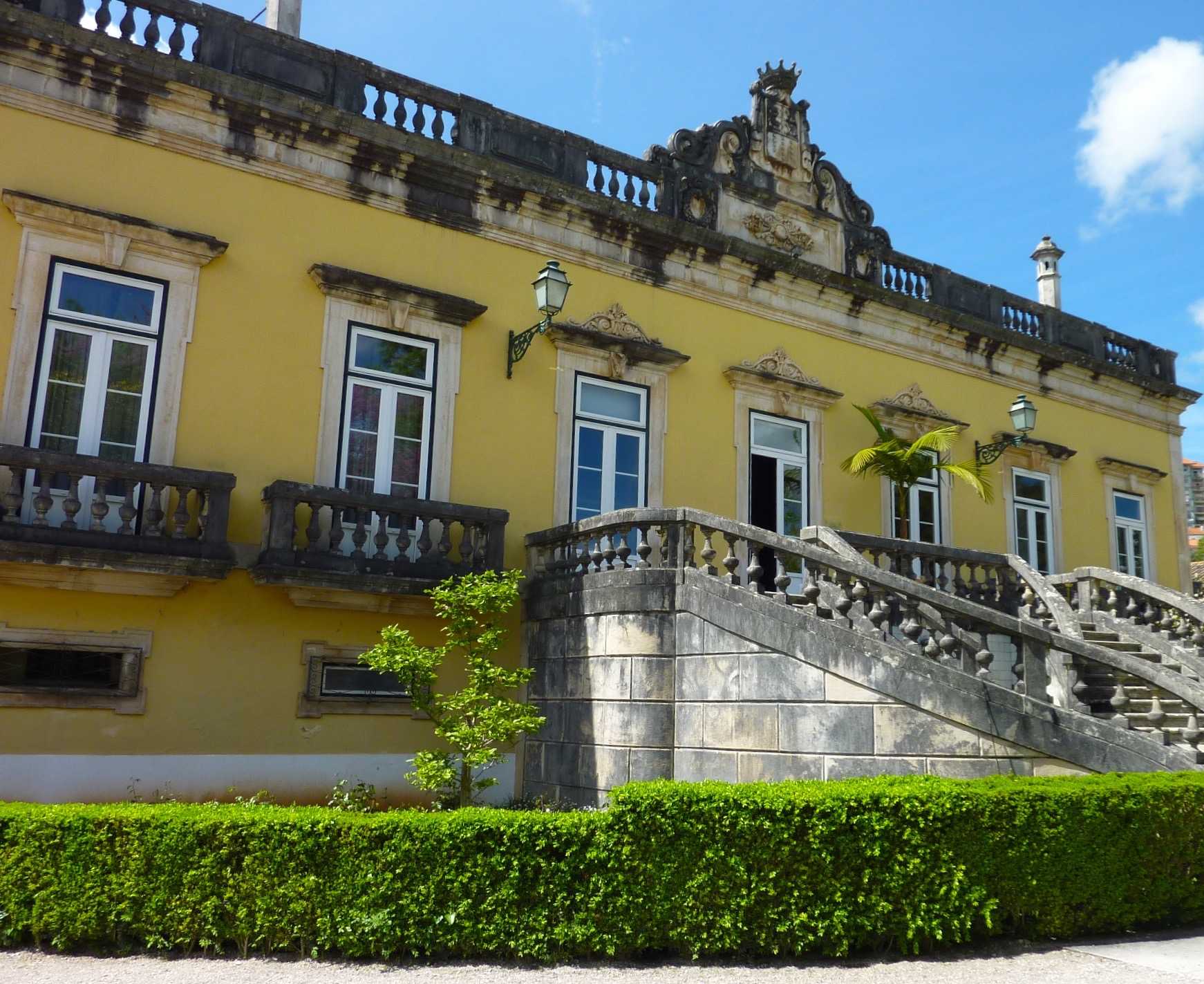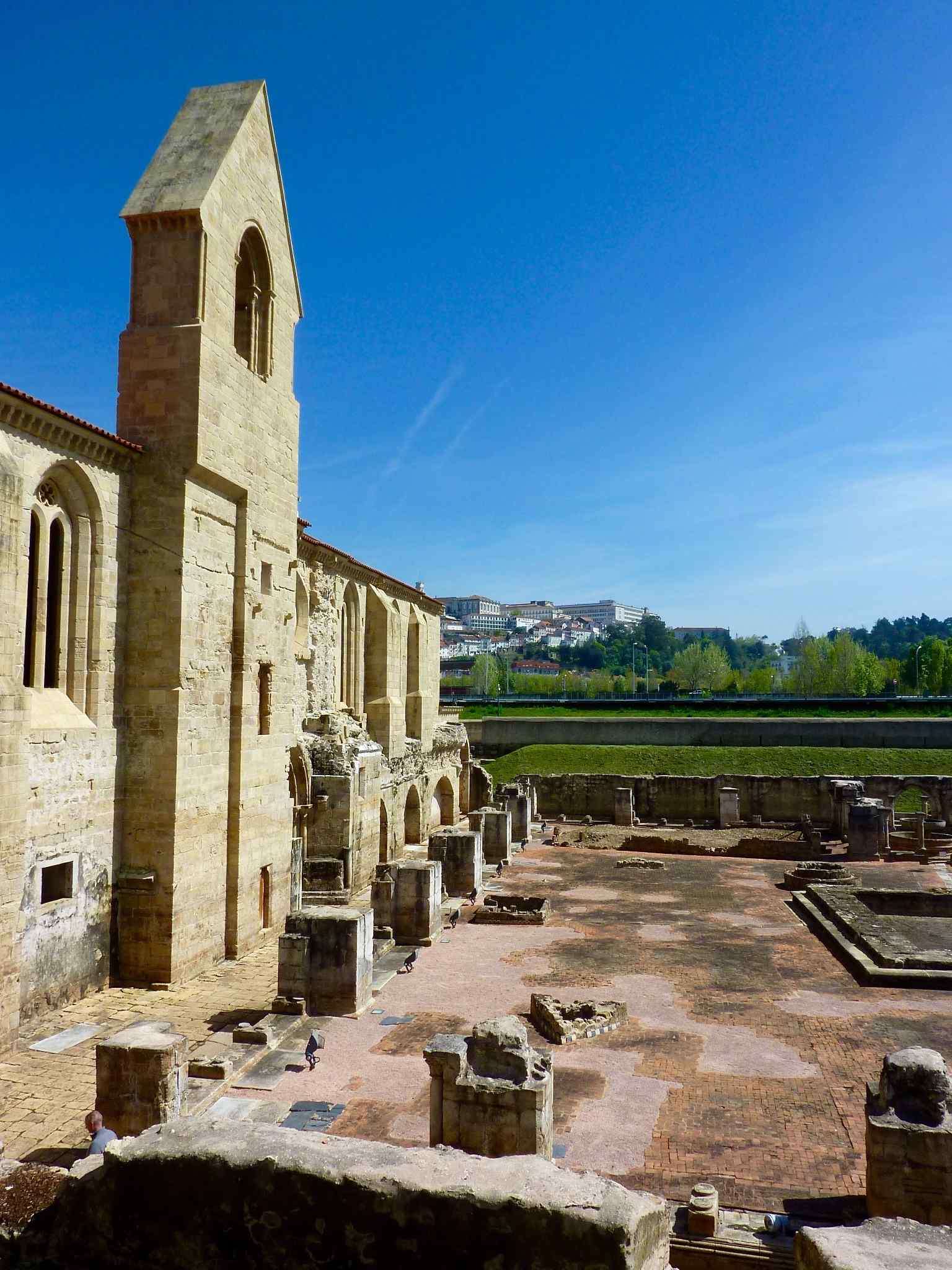Lynne Booker June 2013
It is rare in Portugal to find a Castilian held in high historical regard, but so it is with Inês Peres de Castro e Valadares. In fact she was descended from noble Portuguese and Galician lines as well as illegitimately from the Castilian royal house. Every Portuguese schoolchild knows her story, and every visitor to the monastery at Alcobaça must have visited her magnificently carved tomb opposite the nearly identical tomb of her royal lover D Pedro I, placed so that when they arise at the day of judgement, they may see each other first of all.
Inês de Castro arrived in Portugal in 1339 as a lady in waiting to Infanta Constanza of Castile, bride of D Pedro, heir to the throne of Portugal. The Infanta Constanza bore three children, one of whom was D Fernando, future king of Portugal. D Constanza died in November 1345, shortly after the birth of D Fernando.
When D Inês arrived in Portugal, she was only 15 years old, and D Pedro was immediately struck by a coup de foudre. What a situation, to be married to Constanza, and to be head-over-heels in love with one of her ladies in waiting. The solution was to carry on a secret adulterous love affair with Inês which became open after the death of Constanza. His father, D Afonso IV King of Portugal, became alarmed at the behaviour of his son and heir, not because of the affair, but because D Pedro began friendly relations with the brothers of Inês, who were also of course Castilian. D Afonso feared for the independence of his country after his own death, and warned D Pedro time and again to break off these relationships, but without success.
In 1344, D Afonso ordered that Inês be incarcerated in the castle of Albuquerque on the Castilian frontier. Absence, they say, makes the heart grow fonder, and so it proved in this case. After the death of Constanza, D Pedro recalled Inês against the will of his father the King, which led to a major disagreement between them. D Pedro rejected a plan for another marriage to another Castilian princess, saying that he mourned for his dead wife. In the meantime, Inês bore four of his children, including two boys. Rumours began to circulate that the Castro family planned to disinherit D Fernando the true heir to the throne in favour of the children of Inês. Amid rumours that D Pedro and Inês had secretly married, and were living in the Convento de Stª Clara-a-Velha in Coimbra, Portuguese nobles pressed the king to resolve the issue. One morning in January, 1355 while D Pedro was out hunting, the king and three assassins visited the Convento, and performed the dastardly deed. She was 29 years old.
The devastated D Pedro began a civil war against his father, and upon ascending the throne in 1357, declared that he and Inês had been married in Bragança (on a date which he did not remember) so legitimising Inês´ children. Two of the assassins were executed by having their hearts torn out in front of the king. The third escaped. There is a legend that when he became king in 1357, D Pedro exhumed the corpse of Inês and forced all of his court to kiss her hand as though she were a living queen. This story made its first appearance in Spanish histories of the late sixteenth century, two hundred years later, and is almost certainly false.

Where is the best place in Portugal to appreciate this mournful history? I would recommend a visit to Quinta das Lágrimas, a luxury hotel in Coimbra. The Quinta lies close to the magnificently restored convent of Stª Clara-a-Velha on the other side of the Mondego River from Coimbra itself. The Fundação Inês de Castro was created in 2005 (in memory of the 650th anniversary of the death of Inês) to to promote Inesiana. The small museum in the Palace is a delight for all lovers of the Inês and Pedro story. The picture gallery adorns the walls of the passageway which connects the old house with the new annexe containing the breakfast room. Every morning, therefore the sentient guest revisits this tragic story from Portugal´s past.


In the gardens of the Quinta it is possible to visit the Fonte dos Amores, a trysting place for the two lovers and another fountain which is actual site of the murder of this unfortunate princess. The red stones under the running water represent her spilt blood, and the Fonte das Lágrimas represents the tears of all Portuguese at the destruction of true love.

There are two sequoias in this garden planted by Wellington during his campaign in the Peninsular War. He stayed at the Quinta in 1813 as a guest of his Portuguese aide-de-camp who at the time owned this Quinta. Close by is the verse by Camões from Os Lusíadas describing the Fonte das Lágrimas. The last two lines are as follows:
See that the fresh water fount waters the flowers,
And the water is Tears and its name is Love.
When we first settled in the Algarve 14 years ago, one of our first commissions was for an azulejo panel of our Portuguese favourite places. Inês and Pedro at Alcobaça and Coimbra still hold pride of place.
